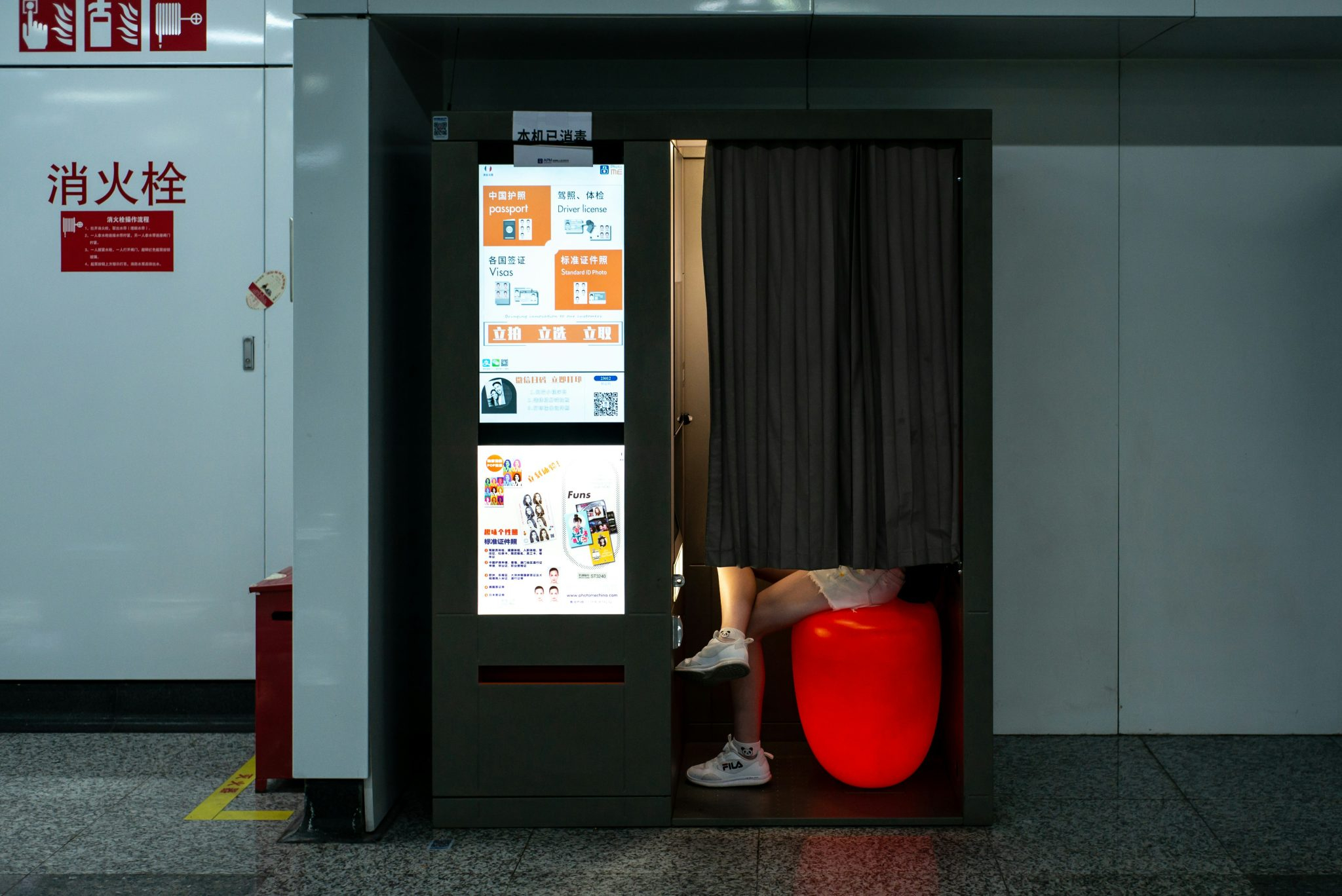Universal Design for All Customer Accessibility Needs
In today’s fast-paced world, accessibility is a crucial factor for the success of any business. With the increasing use of technology and the internet, it has become essential to cater to the needs of all customers, including those with disabilities. This is where Universal Design for All Customer Accessibility comes into play. Designed to provide equal access and opportunities for all individuals, it ensures that businesses can serve a diverse customer base. In this article, we will discuss the concept of Universal Design for All Customer Accessibility and its importance in today’s business landscape.
What is Universal Design for All Customer Accessibility?
Universal Design for All Customer Accessibility, also known as Universal Design or UD, is a design approach that considers the diverse needs of all individuals when creating products, services, or environments. It aims to provide equal access and usability to people of all ages, abilities, and disabilities, without the need for adaptations or specialized design. The concept of Universal Design was first introduced by Ronald Mace, an architect, in the 1960s to address the physical barriers faced by people with disabilities in the built environment. However, it has since evolved to encompass a broader range of accessibility needs, including digital accessibility.
The Principles of Universal Design
Equitable Use
The first principle of Universal Design is equitable use, which means that the design should be accessible to people of all abilities and disabilities. This includes individuals with physical, sensory, cognitive, or language barriers. For instance, a website designed with equitable use in mind would be equally accessible to a person with visual impairments, someone who is colorblind, or someone who speaks a different language.
Flexibility in Use
The second principle of Universal Design is flexibility in use, which refers to the design’s ability to accommodate a wide range of individual preferences and abilities. For instance, a door designed with this principle in mind should be easy to open for someone with limited hand dexterity, but also not too heavy for a child to open.
Simple and Intuitive Use
The third principle of Universal Design is simple and intuitive use, which means that the design should be easy to understand and use, regardless of the user’s experience, knowledge, language skills, or concentration level. For example, a user-friendly interface on a website would make it easier for individuals with cognitive disabilities or those who are not familiar with technology to navigate.
Perceptible Information
The fourth principle of Universal Design is perceptible information, which refers to the design’s ability to provide information effectively to all users, including those with sensory impairments. This can include providing alternative text for images on a website for individuals with vision loss.
Tolerance for Error
The fifth principle of Universal Design is tolerance for error, which means that the design should minimize hazards or negative consequences of accidental or unintentional actions. This is particularly important for products or environments designed for children or individuals with cognitive impairments.
Low Physical Effort
The sixth principle of Universal Design is low physical effort, which means that the design should require minimal physical effort and fatigue to use. This can include the use of automatic doors, ramps, or elevators for individuals with physical disabilities.
Size and Space for Approach and Use
The seventh and final principle of Universal Design is size and space for approach and use, which refers to the appropriate size and space needed for an individual to approach and use the design. This is essential for individuals with mobility impairments and those who use assistive devices like wheelchairs or walkers.
The Importance of Universal Design for All Customer Accessibility
Now more than ever, businesses must consider the needs of all individuals, including those with disabilities, to remain competitive. With an aging population and an increase in disabilities, a significant portion of the population requires accessibility accommodations in their daily lives. By incorporating Universal Design into their products, services, and environments, businesses can attract a diverse customer base and ensure that all individuals can access and use their offerings. Moreover, Universal Design can also improve customer satisfaction and loyalty, as people are more likely to patronize businesses that are accessible and inclusive.
Implementing Universal Design for All Customer Accessibility
To implement Universal Design for All Customer Accessibility, businesses should start by understanding the needs and preferences of their customers. This can include conducting surveys, focus groups, or usability testing with individuals with disabilities. They should also educate their team members on the principles of Universal Design and ensure that all employees are trained to provide assistance to customers with disabilities. On the digital front, businesses can use accessibility tools and software to make their websites and online platforms more accessible.
The Impact of Universal Design on Society
Beyond the scope of businesses, Universal Design has the potential to bring about significant positive change in society. By creating products, services, and environments that are accessible to all individuals, Universal Design promotes inclusivity and equal opportunities for all. It also helps break down barriers that limit the participation of people with disabilities in various aspects of life, including education, employment, and social interactions. By embracing Universal Design, we can create a world that is more empowering, accommodating, and inclusive for everyone.
Conclusion
Universal Design for All Customer Accessibility is not just a design approach; it is a mindset that ensures that no one is excluded from participating in society. By incorporating the principles of Universal Design, businesses can create an inclusive and accessible environment for all individuals, regardless of their abilities or disabilities. It is not only the right thing to do, but it also makes good business sense. So, let’s all strive towards a more accessible and inclusive future with Universal Design.










